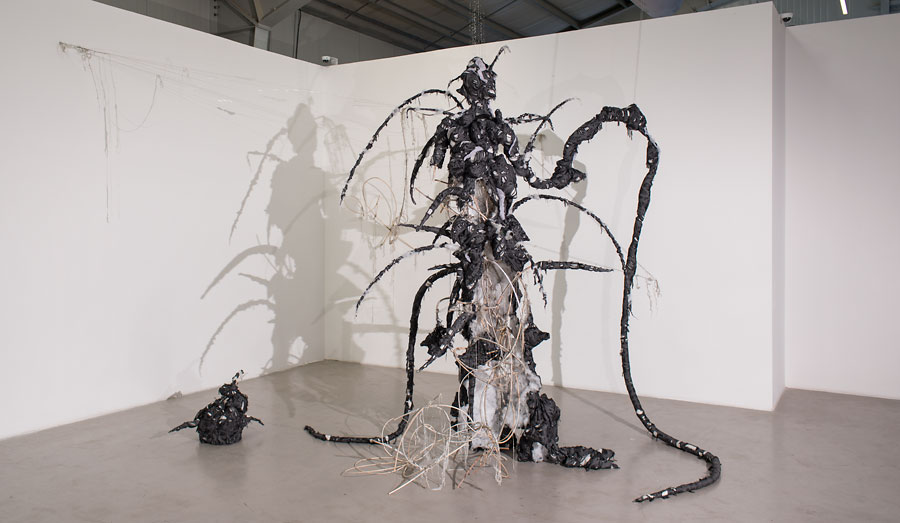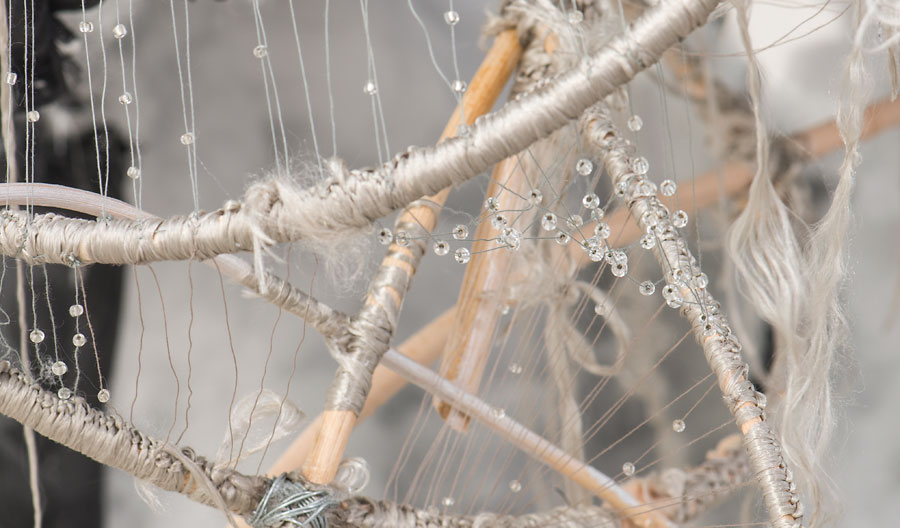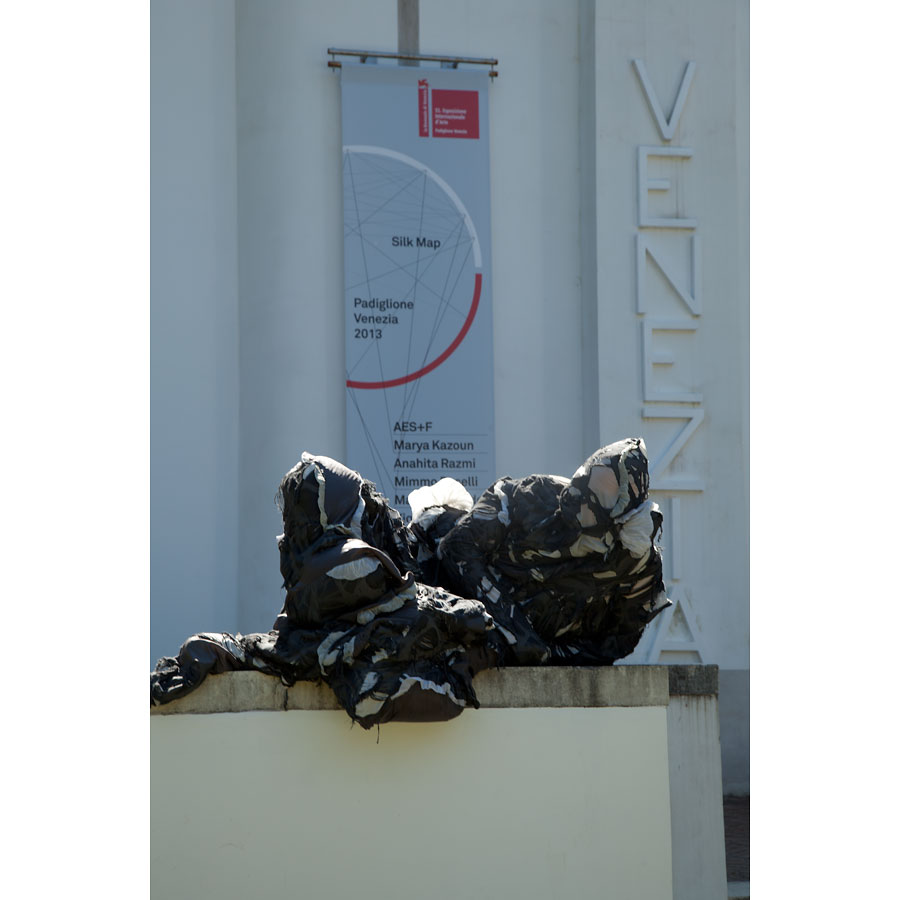A Cabinet of Wonders
You studied interior architecture at LAU. How much does your degree influence your artwork?
I’m fully using my background studies. Most of my installations and performance works are parallel worlds in the making. They are site-specific and always space conscious.
I usually create narratives that can envision how these worlds can be lived. In some, I show who and what lives within them. The viewer can wonder where in time and space the narrative is taking place and if it’s reality or fiction. For a viewer these little worlds could appear like renaissance Wunderkabinetts [cabinets of wonders].
Is your work a channel for activism?
I think in many aspects it is. My work attempts to domesticate the dark, to give a voice to the little girl inside me who was helpless during the war years. It speaks about a permanent state of exile and tries to explore extreme beauty in ugliness. There’s also the fact that I am a female artist from a specific background, making works about social taboos, or themes difficult to address in some societies.
Is the use of techniques such as weaving and sewing in your work a desire to take from an ancient female tradition or to re-work the form away from its conventional roots?
I would say both. Sewing is a very natural thing for me. I used to watch my mother sew. I use sewing to stitch up skin-like materials, fabric, and garbage bags. I sew them to perfection, maybe to repair them or perform operations. Many of my works have direct and indirect references to body parts like fat, hair, organs and skin. It is a kind of fascination in examining things closely, a celebration of life.
What led you to experiment with performance art?
It was accidental. I was documenting an installation I had just “finished” in 2003, entitled Steady Breath. I made an outfit but wasn’t quite sure what its purpose was. I was wearing it and got into one of the shots of the installation to show the scale of my work. When I got my slides back and looked carefully at them, it suddenly hit me, it all made sense.
Your Self Portrait series created mythical, dreamy (sometimes sinister) forms. Do they represent internal or external worlds?
I would say Self-Portrait is more internal. I started this piece in 2003 and have been working on it ever since. How do you give a form to raw fear? How do you make it bearable or even more beautiful without decoration? Passions make and reveal a lot of the shadows in us. We choose to ignore them or be conscious of them. In my case I think I had no choice, they came out of me, fast and unpredictable.
You grew up in Beirut but have spent much of your life living and working abroad. Do you identify yourself as an Arab artist?
Yes and No. I grew up in Beirut during the war years, fled to Switzerland twice, then my family returned to Beirut to emigrate to Montreal, when I was twelve. After college in Beirut I left to NYC. When I began, I was not aware of the role my background played in my work, only later realizing its impact.
I believe the content of my work can be read universally, since I never really use direct references to Middle Eastern culture. Now though, I’m more aware of it, since I spend three months a year in Beirut. I believe that knowing where I’m from, for an audience makes looking at my work more interesting and intriguing, though I identify myself as a citizen of the world.


